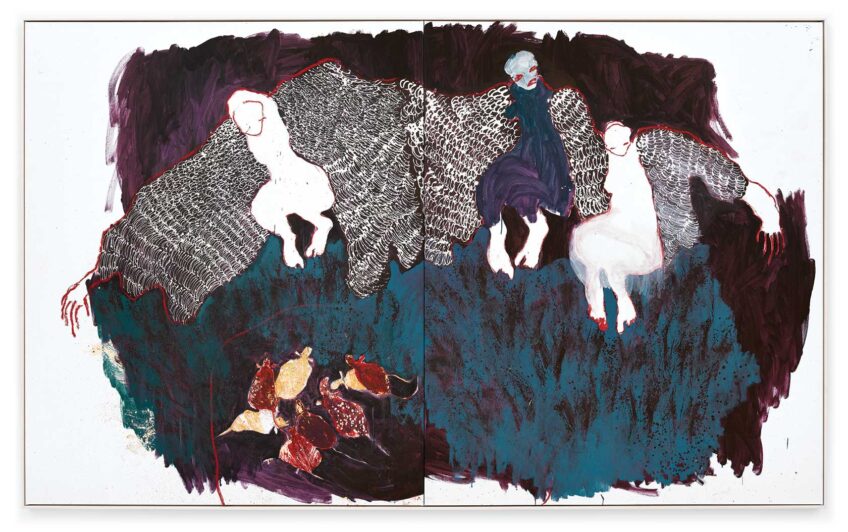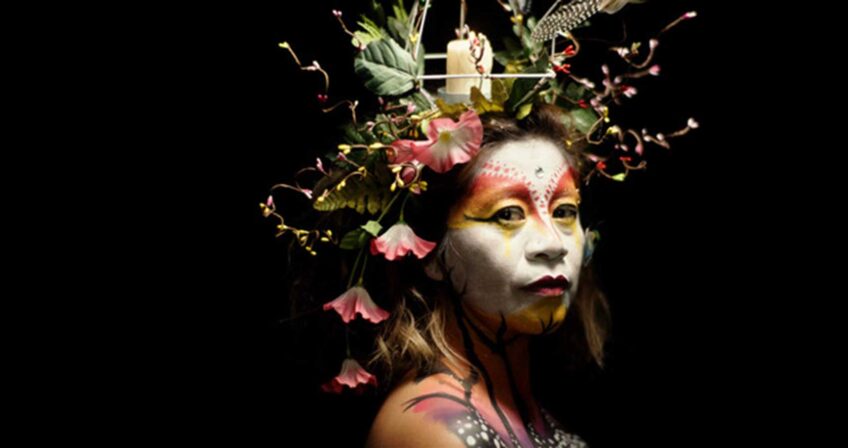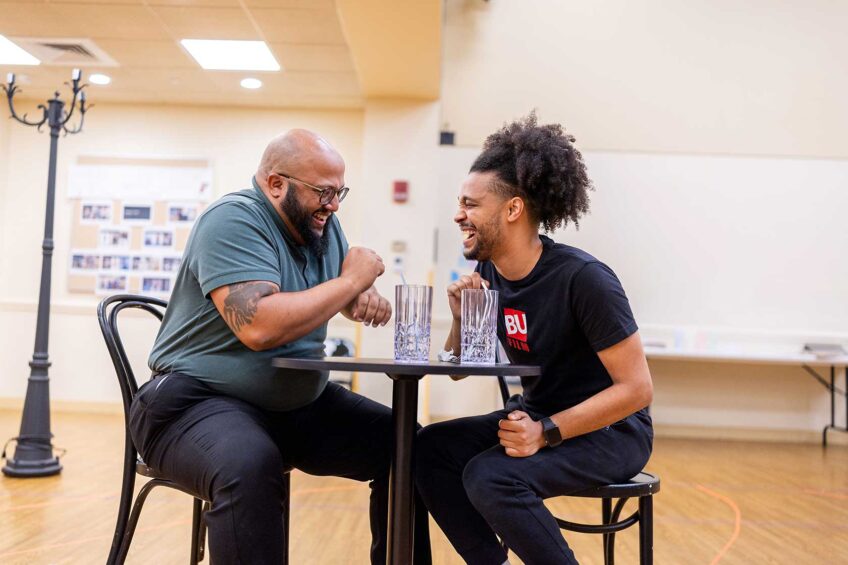‘Nancy Elizabeth Prophet: I Will Not Bend an Inch’ at RISD Museum
Exhibit follows Afro-Indigenous sculptor from Providence to Paris

The title of the extraordinary exhibition on view at the Rhode Island School of Design (RISD) Museum through Aug. 4, “Nancy Elizabeth Prophet: I Will Not Bend an Inch,” is drawn from the diary of its subject, Nancy Elizabeth Prophet (1890-1960), until now an underrecognized 20th-century sculptor of African American and Native American descent.

“Prophet in Paris,” 1924, Nancy Elizabeth Prophet Collection, Special Collections, James P. Adams Library, Rhode Island College
In the 46-page diary she kept during her prolific 12 years in Paris, the artist chronicled her hardships — including poverty and hunger — as well as her triumphs and her unswerving resolve to pursue her aspirations as a sculptor. A 1929 entry says, “I will not bend an inch.”
RISD’s first documented graduate of color, Prophet in 1918 received a certificate in freehand drawing and painting with a concentration in portraiture. In Paris from 1922 to 1934, Prophet gained an esteemed mentor, exhibited at prestigious salons, and garnered critical acclaim as well as awards, benefactors and promoters such as Black cultural leaders W. E. B. Du Bois (1868-1963) and Countee Cullen (1903-1946). But she held herself aloof from the urban-rooted Harlem Renaissance and instead pursued her own path, creating works that combined her classical training with a modernist sensibility. From 1934 to 1944, she taught art at Spelman College, co-founding its visual art program, and then returned to Rhode Island.
Despite her successes, a solo exhibition eluded her. Now, celebrating one of their own, RISD Museum curators have organized Prophet’s first major retrospective, which will travel to the Brooklyn Museum and then move to the Spelman College Museum of Fine Art in Atlanta.
The exhibition’s curators and catalog co-editors — RISD Museum’s Sarah Ganz Blythe, deputy director; Dominic Molon, curator of contemporary art; and Kajette Solomon, social equity and inclusion specialist — worked with a host of collaborators and mined Prophet’s diary and correspondence as well as previously unpublished archives. The exhibition presents Prophet’s 11 surviving sculptures, dating from 1924 to 1929, seven watercolors, and photographs of 21 sculptures either destroyed or not yet found, including life-size statues as well as busts. Catalog essays by artists and scholars explore Prophet’s growing appeal and her unique synthesis of influences, infused by her experiences as an Afro-Indigenous woman.

“Walk Among the Lilies,” ca. 1931-1932, wood with polychromy (colored paint), Helen M. Danforth Acquisition Fund
The exhibition begins with “Conspiracy” (2022), a video tribute to the manual labor of sculpting by two prominent Black artists, filmmaker Madeleine Hunt-Ehrlich and sculptor Simone Leigh, who regards Prophet as a mentor.
A small gallery introduces the artist and her life. Displays include Prophet’s sculpting tools, pages from her diary, photographs of her Narragansett father and Black mother and an exquisite portrait of the artist in profile. A wall-mounted chronology concludes with her last years in Providence working as a domestic for room and board.
But Prophet’s story doesn’t end here.
In the main gallery, Prophet’s sculptures bear witness to her mastery. Most are busts — a form traditionally employed to portray individuals of wealth and prominence. She uses her chosen medium to render powerful, timeless images of Black subjects. They exude a spirit not unlike her own — unbeholden and unbent to outside forces.

“Drawing,” graphite, watercolor, and opaque watercolor, Nancy Elizabeth Prophet collection, MSS-0028, Special Collections, James P. Adams Library, Rhode Island College
One is of a Maasai warrior, perhaps inspired by African displays she saw in a 1931 exposition of works from French colonies. Prophet wrote to Du Bois, “People are seeing the aristocracy of Africa.”
Observing these works close up provides pleasures that photographs cannot replicate. Hand-hewn in maple, cherry, magnolia and ebony, their uncluttered surfaces allow the play of light on each subject’s curvilinear features.
And nearby, Prophet’s watercolors of billowing trees offer a glimpse of her joy.







